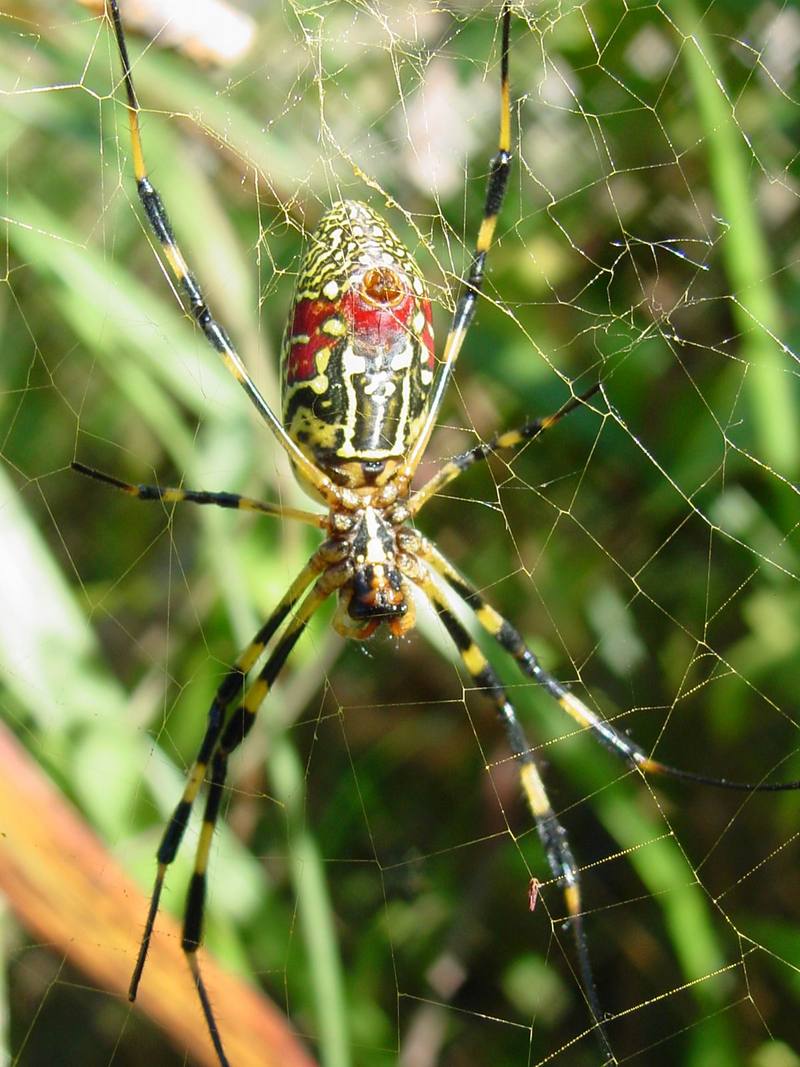|
| Query: spider | Result: 703rd of 1418 | |
무당거미 Nephila clavata (Golden Orb-web Spider)
| Subject: | 무당거미 Nephila clavata (Golden Orb-web Spider)
| | Poster: | Jinsuk Kim (kusnij@naver.com)
| |

| Resolution: 1200x1600
File Size: 242206 Bytes
Date: 2004:10:03 14:40:46
Camera: MAVICA (SONY)
F number: f/2.8
Exposure: 1/180 sec
Focal Length: 92/10
Upload Date: 2004:10:03 20:22:38
|
|
|

